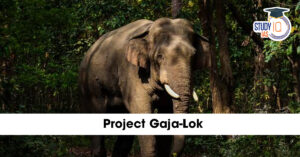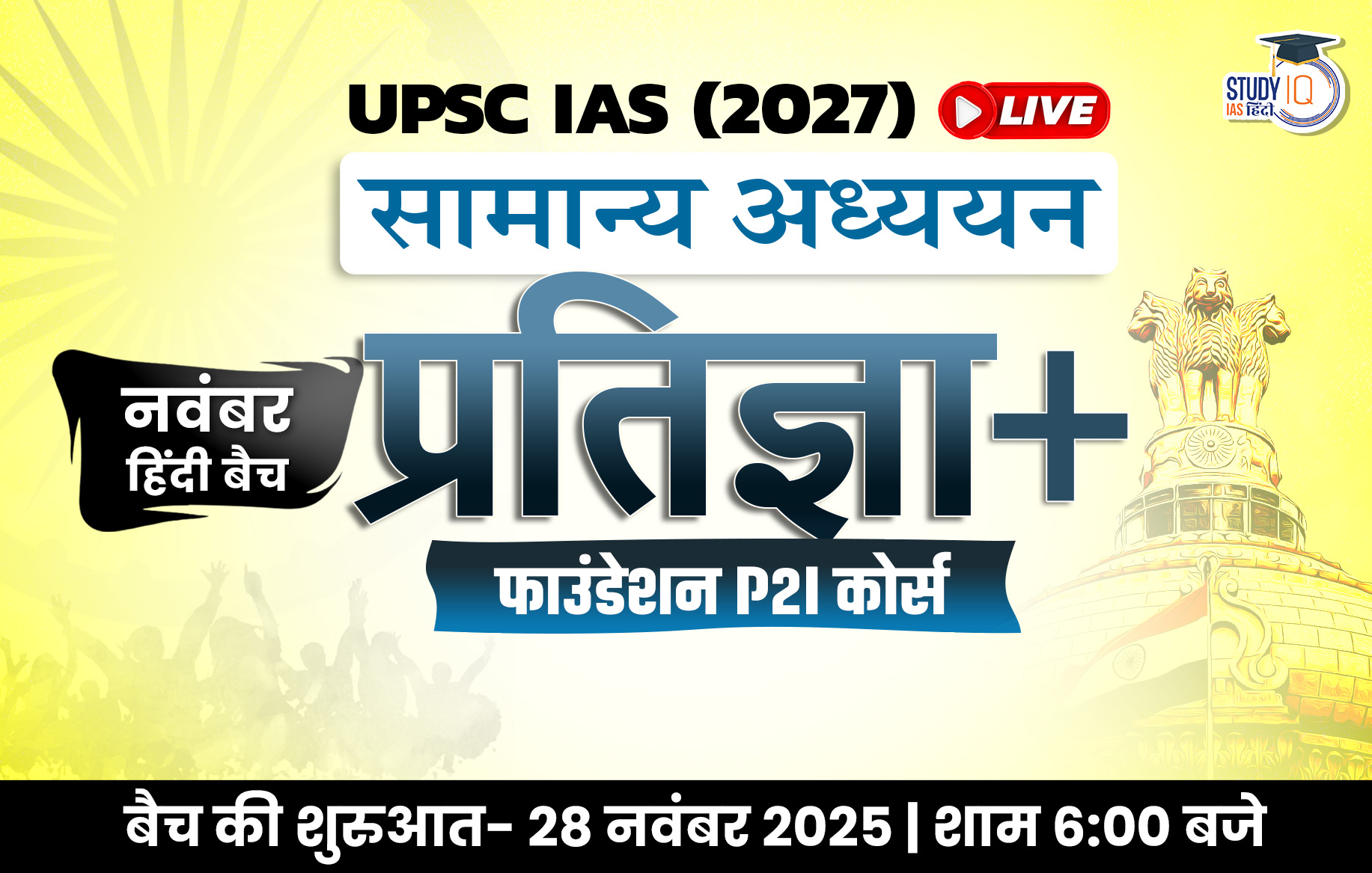Table of Contents
The Indian government has recently deactivated more than 4 crore duplicate or inactive domestic LPG connections under its PAHAL (Pratyaksh Hanstantrit Labh) scheme. This move aims to enhance the targeting of LPG subsidies, prevent misuse, and ensure that benefits reach genuine consumers.
Recognised globally as the world’s largest cash transfer scheme, PAHAL has been a major step in ensuring transparency in LPG subsidy delivery. Here’s everything you need to know about the scheme, its features, eligibility, and significance.
About the PAHAL Scheme
-
Full Name: Pratyaksh Hanstantrit Labh (PAHAL) Scheme
-
Launch Date: 1 January 2015 (implemented nationwide)
-
Nodal Ministry: Ministry of Petroleum & Natural Gas
-
Purpose: To directly transfer the LPG subsidy amount into the consumer’s bank account, thereby eliminating leakages, preventing diversion of subsidised LPG for non-domestic purposes, and improving delivery efficiency.
-
Global Recognition: Listed in the Guinness Book of World Records as the world’s largest cash transfer programme.
Objectives of the PAHAL Scheme
-
Ensure Transparency: Eliminate intermediaries in subsidy distribution.
-
Prevent Diversion & Fraud: Remove fake or duplicate LPG connections.
-
Improve Targeting: Ensure subsidies reach only eligible households.
-
Promote Clean Energy: Encourage the use of LPG over polluting fuels like kerosene, wood, and coal.
Key Features of the PAHAL Scheme
-
Aadhaar and Non-Aadhaar Linked Accounts: Consumers can link their LPG connection to their Aadhaar number or directly to their bank account for subsidy credit.
-
Subsidy Self-Selection: Consumers have the option to voluntarily opt out of subsidy benefits if they do not need them.
-
Protection of Entitlements: Genuine consumers continue to receive their due subsidies without delay.
-
Fraud Prevention: Regular checks identify duplicate and inactive connections.
-
Efficient Subsidy Management: Direct cash transfer mechanism reduces administrative costs and improves subsidy utilisation.
Eligibility for the PAHAL Scheme
To avail of benefits under the PAHAL Scheme:
-
The applicant must be a registered LPG consumer.
-
The combined taxable income of the applicant and spouse should not exceed ₹10,00,000 in the previous financial year (as per the Income Tax Act, 1961).
Benefits of the PAHAL Scheme
1. Direct Subsidy Transfer
The subsidy amount is automatically credited to the beneficiary’s linked bank account once they purchase an LPG cylinder at market price.
2. Improved Availability of LPG Connections
By removing over 4 crore duplicate/inactive connections, the government has ensured that genuine consumers can get quicker access to LPG connections.
3. Health and Environmental Benefits
-
Reduces dependence on unclean cooking fuels like firewood and kerosene.
-
Significantly reduces indoor air pollution, lowering the risk of respiratory diseases, especially for women and children in rural areas.
Recent Action: Deactivation of Duplicate LPG Connections
In a major step to tighten subsidy targeting, the Government of India deactivated more than 4 crore duplicate or inactive domestic LPG connections under the PAHAL Scheme.
Impact of This Action:
-
Better Targeting: Subsidies will now go only to eligible and active users.
-
Cost Savings: Huge savings for the government by stopping unnecessary subsidy payments.
-
Improved Efficiency: Faster access to LPG connections for new, genuine consumers.
Significance of the PAHAL Scheme in India’s Energy Policy
The PAHAL Scheme is not just a subsidy distribution programme—it is a key pillar of India’s clean cooking initiative. By promoting LPG usage and ensuring subsidies reach only those who need them, the scheme aligns with the goals of energy security, sustainable development, and women’s empowerment.
The recent large-scale removal of inactive or fake connections showcases the government’s commitment to plugging subsidy leakages, improving public finance management, and strengthening direct benefit transfer (DBT) mechanisms in India.
Conclusion
The PAHAL Scheme is a landmark reform in India’s social welfare system. By leveraging Direct Benefit Transfer technology, it ensures that government subsidies are transparent, efficient, and inclusive. The removal of over 4 crore duplicate/inactive LPG connections is a testament to the scheme’s success in promoting accountability, efficiency, and better targeting—making it a global benchmark in subsidy delivery.


 Miss Universe Winners List From 1952 to ...
Miss Universe Winners List From 1952 to ...
 RUDRA Brigade: The Biggest Transformatio...
RUDRA Brigade: The Biggest Transformatio...
 Project Gaja-Lok: INTACH Launches Landma...
Project Gaja-Lok: INTACH Launches Landma...

























